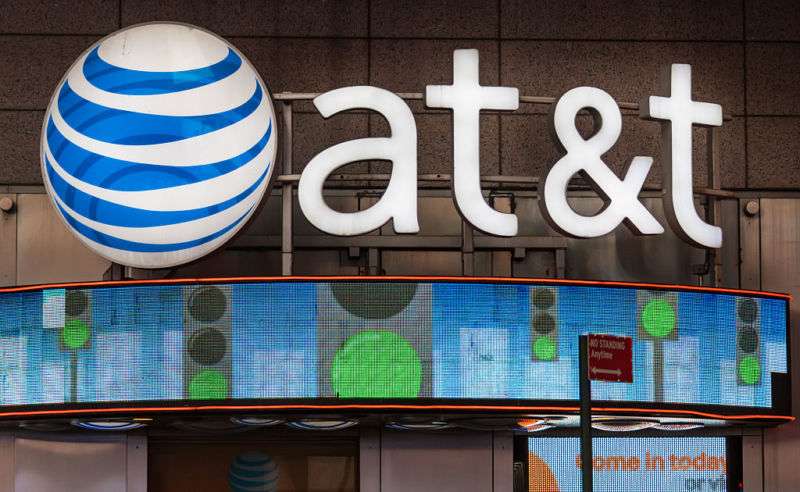
At launch, AT&T’s real 5G will only be as fast as its fake 5G

AT&T will soon offer 5G mobile service on its 850MHz spectrum, which will enable wider coverage than existing 5G networks but offer only 4G-like speeds at launch. Significant speed increases will arrive in 2020, AT&T says.
The 5G networks already deployed by carriers use millimeter-wave signals that don’t travel far and are easily blocked by walls and other obstacles. This has resulted in coverage maps with small pockets of 5G, and 4G just about everywhere else.
But 5G can work on all frequencies, such as the lower-band frequencies used by 4G. There isn’t as much spectrum available on these bands, so you won’t see anything like the huge speed increases available on millimeter-wave spectrum. But 5G on low-band spectrum will cover wider areas and indoor spaces and hopefully bring some speed increases—Verizon says 5G on the lower bands will be like “good 4G.”
AT&T’s announcement today listed the first cities slated to get 5G on low-band spectrum:
In the coming weeks, our 5G network will launch over low-band spectrum in the Indianapolis; Pittsburgh; Providence, Rhode Island; Rochester, New York; and San Diego market areas. We also plan to launch in several more markets, including Boston; Las Vegas; Milwaukee; New York City; San Francisco; Birmingham, Alabama; Bridgeport, Connecticut; Buffalo, New York; Louisville, Kentucky; San Jose, California; and others.
AT&T also published a PDF with maps of expected 5G coverage, but the maps are of coverage projected for February 2020 rather than what will be available at launch.
AT&T previously offered millimeter-wave 5G to business customers but not to regular consumers. AT&T told us that 5G on millimeter waves will be offered to consumers “at a later date.” Initially, regular consumers will only have access to 5G on low-band spectrum.




